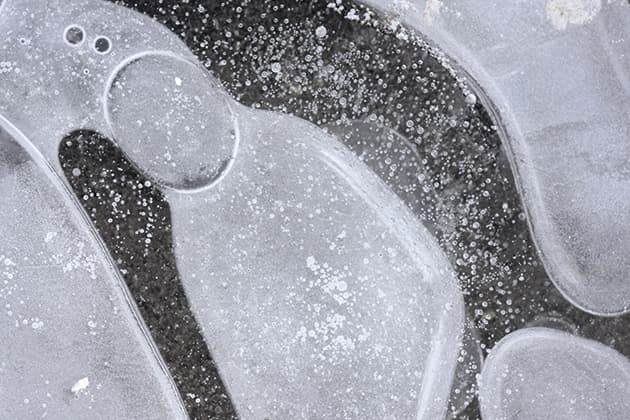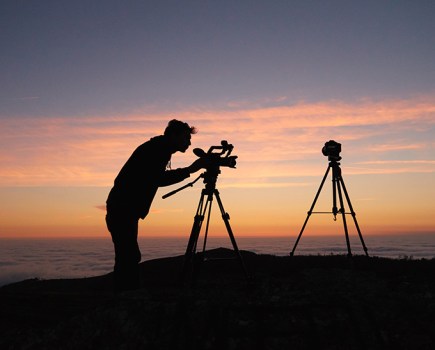Protecting your gear from extreme weather and unforgiving environments will help to prolong its life and maintain its performance. These days, many cameras can withstand temperatures as low as -40°C, but when the thermometer drops below zero battery life begins to wane and LCD screens can become sluggish (they return to normal in room temperature). To stop this from happening, keep your camera close to your body (inside a jacket, for example) until you are ready to take a picture, and store spare batteries in your pockets. It’s also a good idea to wipe the contacts before replacing your batteries to help prevent corrosion. If you’re concerned about losing power, use the LCD screen as little as possible and invest in a battery grip.
- Pack more clothes than you think you’ll need. Wear a base layer designed to wick sweat away from the skin, a fleece that will keep you warm without weighing you down and a waterproof jacket with lots of vents.
- Taking a camera from a cold environment into a warm one can result in condensation on the camera and internal parts. To avoid this, put it in a sealed plastic bag and let it adjust to the temperature change before removing.
- Gloves are an essential addition to the kit bag in winter. Thin, tight- fitting liner gloves are a must and some, such as the Men’s UA NoBreaks Armour Liner Gloves, have special prints on the fingers and thumbs to enable you to operate touchscreens without taking them off.
- Carrying a metal tripod can make your hands extremely cold, but you can buy tripod leg covers or wraps to stop your hands from feeling the chill.







